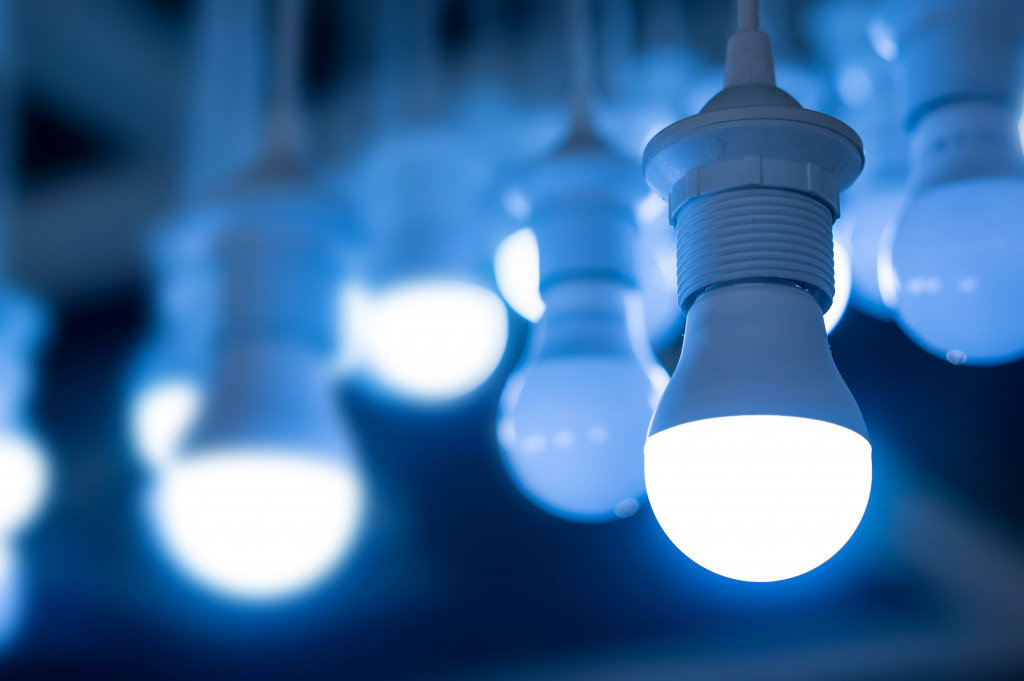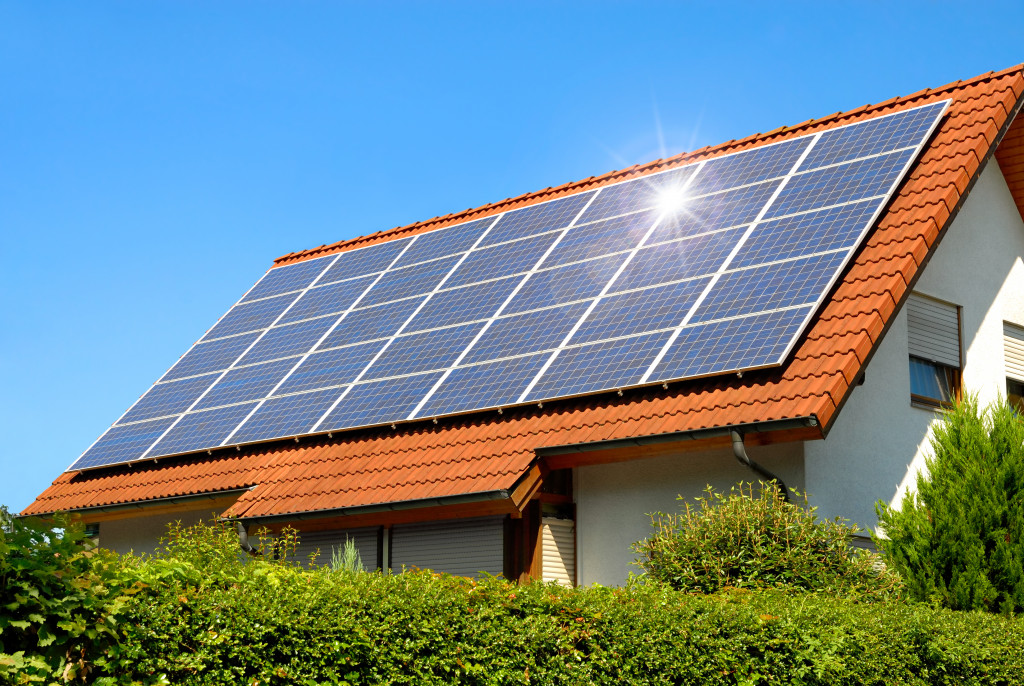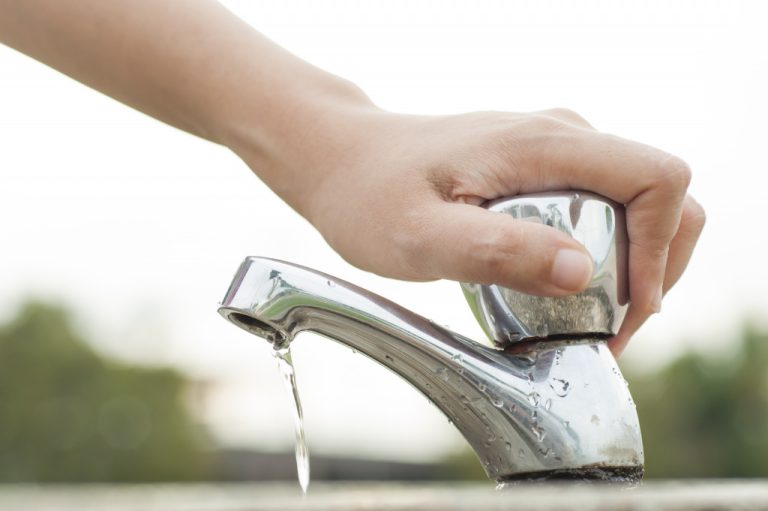- Implement energy-efficient lighting, such as LED bulbs and CFLs, to reduce greenhouse gas.
- Install insulation in the attic to conserve energy and keep the home comfortable.
- Utilize water-saving strategies such as fixing leaks and using low-flow fixtures.
- Invest in solar panels for long-term savings and reduced carbon footprint.
- Adopt conscious efforts to make the home more sustainable.
As the world addresses climate change and the UK aims to achieve Net Zero by 2050 with the most ambitious climate change target, the property industry must significantly minimize carbon emissions and maximize energy efficiency.
Recently, the UK government updated its plans to include a new target published in law in June 2021 that would decrease by 78 percent Scope 1 emissions by 2035, bringing the UK over 75 percent of the way to Net Zero.
With the world becoming more environmentally conscious, embracing sustainability has become one of the most talked-about topics. Every human decision impacts the environment, and it’s in everyone’s best interest to make conscious steps toward the betterment of the planet.
Every individual can play a role in making a healthier and sustainable future for everyone. Enhancing your home is one such step towards sustainability and an excellent starting point. Whether you’re considering renovating your home or looking for small changes, this post is for you!

Energy-Efficient Lighting
Lighting plays an integral role in every home. Using energy-efficient lighting is essential, as traditional incandescent bulbs are nothing but energy-sucking culprits. They contribute to greenhouse gas emissions, and they have a shorter lifespan. Swapping your old light bulbs with LED bulbs or CFLs can help you save energy and money and reduce greenhouse gas emissions.
Lower Energy Consumption
LED bulbs consume 75 percent less energy than traditional bulbs, so they’re a great choice for energy-efficient lighting. LEDs also have a longer lifespan, meaning you won’t need to replace them as often. CFLs are another energy-efficient option since they use less electricity than regular bulbs and last longer.
Energy-Saving Strategies
Energy consumption is among the most significant contributors to greenhouse gas emissions. You can conserve energy in your home by implementing a few strategies, including upgrading your appliances and HVAC systems to energy-efficient ones.
Energy Use
You can change how you use energy, like turning off lights when leaving the room, adjusting the thermostat accordingly, and unplugging energy vampires. You can also install durable kitchen roof lights. These roof lights allow natural light to enter the house, making it unnecessary to turn on the lights during the daytime.
Insulating Your Home
Adding insulation to the walls and attic of your home is an effective way to reduce energy consumption. Not only does it keep the warm air inside during winter, but it also keeps cool air from escaping in summer. Furthermore, installing blinds or shades on the windows can help prevent heat gain and loss.
Water-Saving Strategies
Water is another vital resource people often take for granted. Implementing water-saving strategies can help conserve water and reduce carbon dioxide emissions to the environment. You can also save water by fixing leaks and using low-flow showerheads and aerators for faucets and toilets.
Rainwater Collection
Collecting rainwater can also be useful if you have a garden or other plants requiring water. Installing rain barrels and water tanks can help you store the water for future use. Additionally, it’s important to only water your plants when necessary and to use a hose with a shutoff nozzle or drip irrigation instead of an open-ended hose. These solutions are simple and cost-effective ways to save on your water bills while helping reduce your carbon footprint.

Installation of a Solar Panel
A solar panel is among the best solutions to save and conserve energy. Solar panels help homeowners to generate their electricity, and it’s an excellent investment. However, solar panel installation can be an expensive investment. Despite this, it’s a sound investment over the long term and can save you thousands of dollars over the years. While taking this step towards sustainability involves an upfront cost, it’s a great investment in the long run.
Size and Design
The first step to installing a solar panel is determining the appropriate size and design. The solar panel size depends on your current energy needs and the area available for installation. Consider factors such as how much sun exposure it will receive, how much electricity you need, and the best angle for installation. Once you have determined the appropriate size, an experienced technician should install your solar panel professionally.
Sustainability starts at home, and every little change you make helps improve the environment. As a homeowner, take the initiative to make conscious efforts to enhance your home to make it more sustainable. From energy-efficient lighting to solar panel installation, these initiatives improve the environment and your family’s quality of life. Are you ready to embrace sustainability in your home? Now is the time to act!

